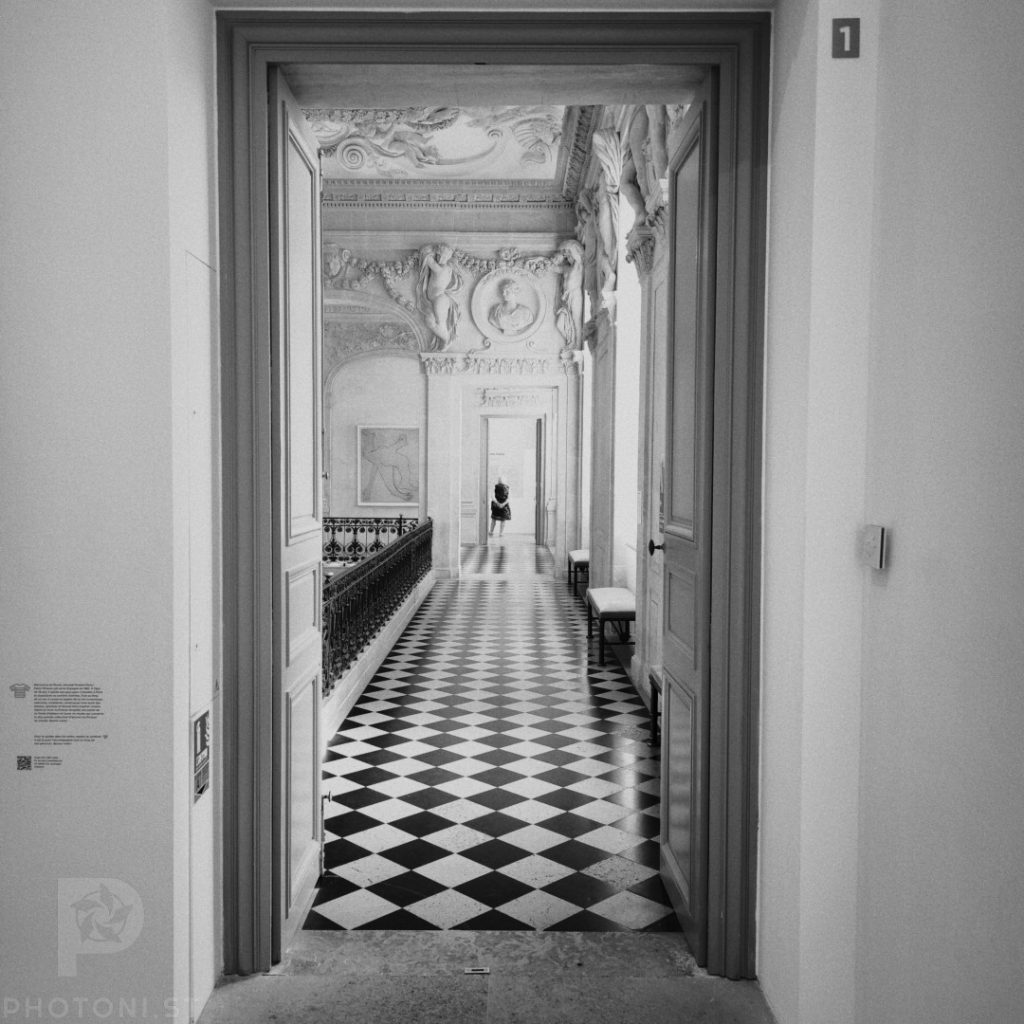It’s been unusually warm in Paris for November. People take the sun really morning in the Tuileries park.
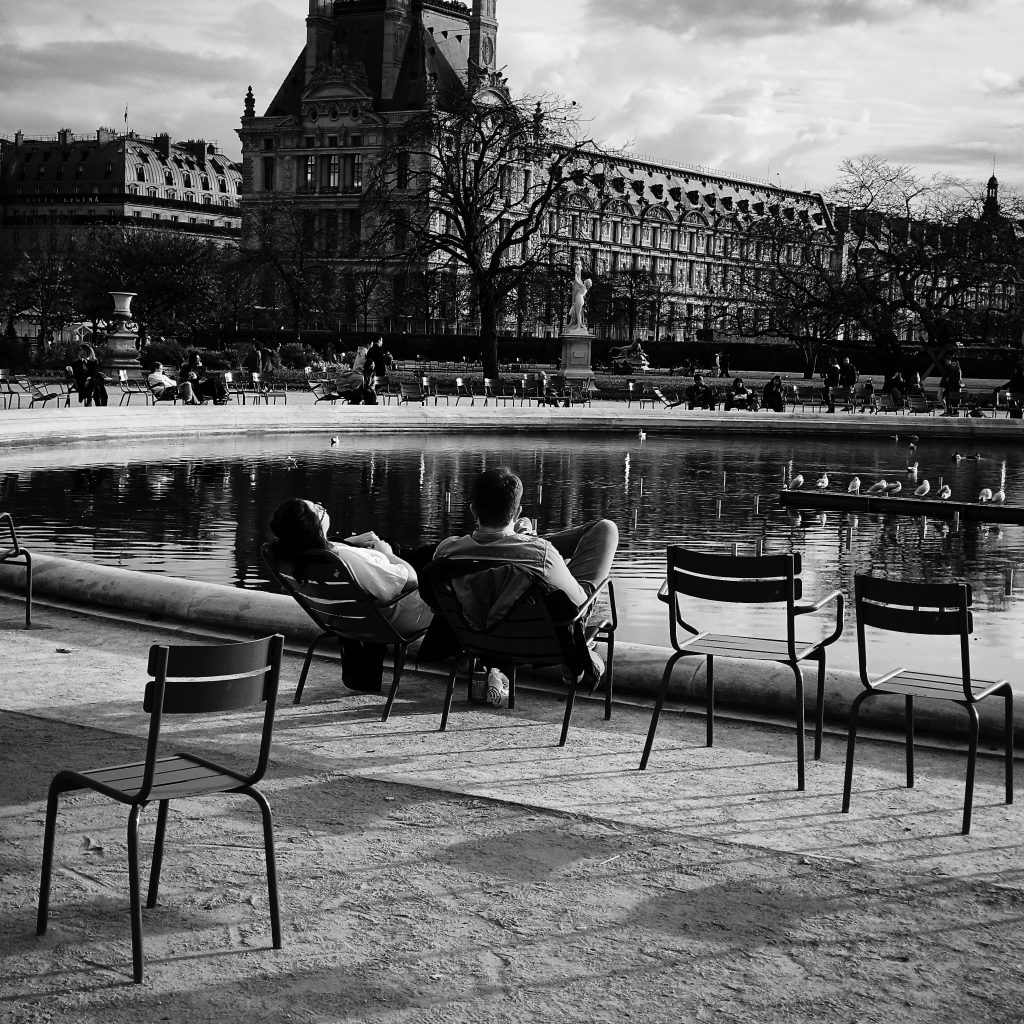
#Photography #BlackAndWhite #BlackAndWhitePhotography #Paris #Street
Your habitual locations tend to feel boring, empty of photographic interest. Ordinary is a curse. But are they, really? Is it really what the problem is?
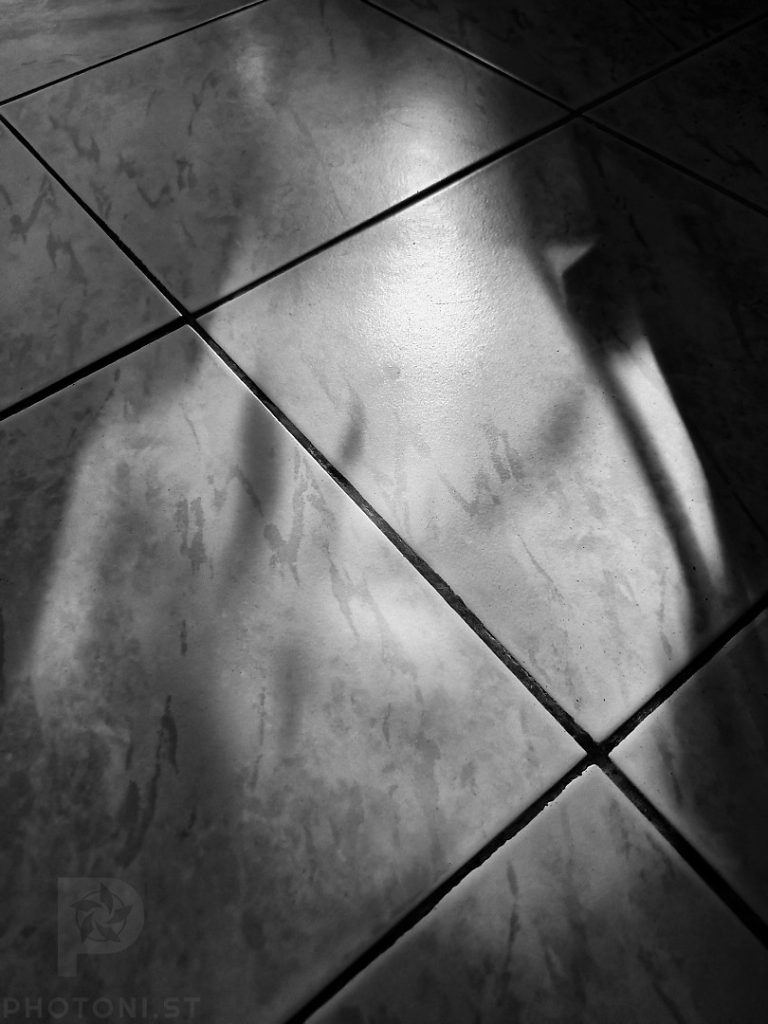
In photography, there’s a fascinating paradox: while equipment isn’t the essence of photography, it can serve as a powerful catalyst for creativity.
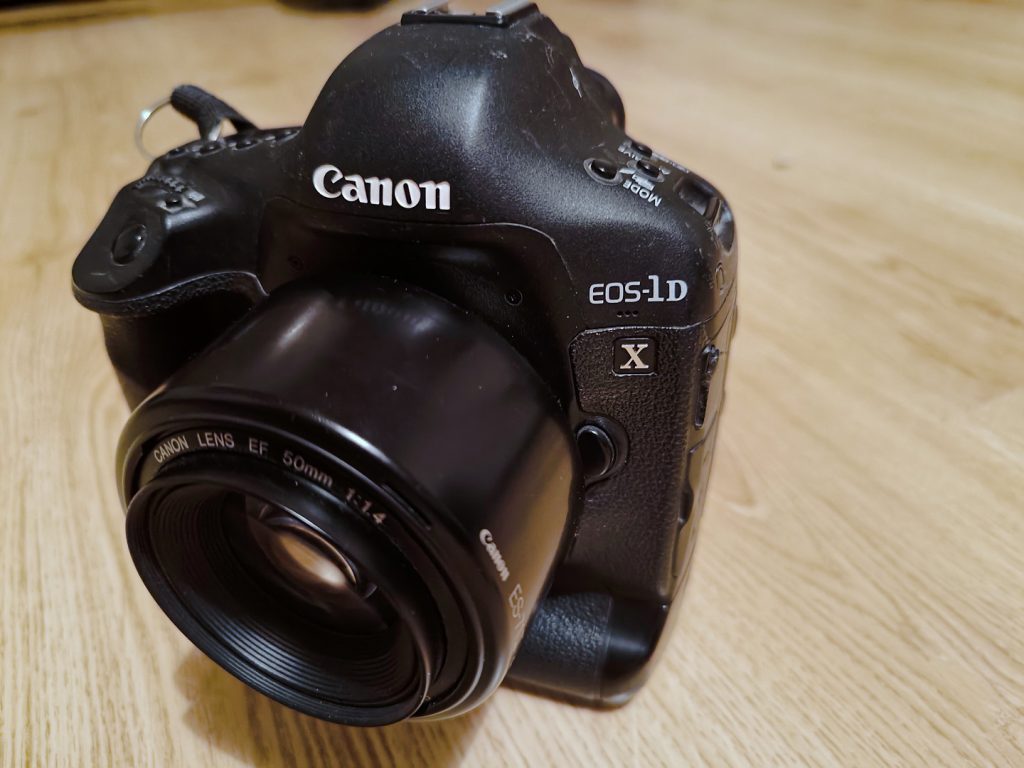
A lot of the time, the first question people ask when they see a photo they like is “what camera did you use?”, “what settings did you use?”, “what presets did you use in Lr?”. These questions are about receipes, not photography.

A while back, Josh suggested that I read a book by Austin Kleon, “Show your work“. I wasn’t convinced at first I’d be interested, but as he thought I would be, I gave it a chance and bought it. It turns out that the title and the blurbs are misleading and the book is in fact very interesting and overlaps significantly with what I write here.
One of the things Austin says is “become a documentarian of what you do”. When I read that chapter, I had the realisation that this is potentially the one thing I miss the most in the world of photography. It seems photography has lost its documentarians somewhere along the way.
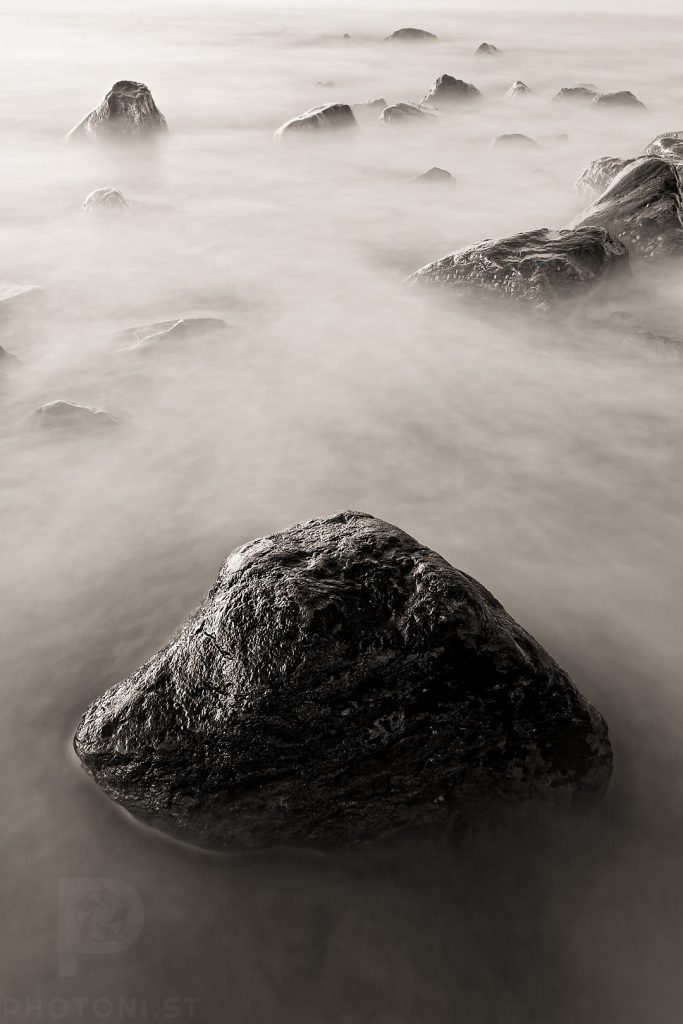
A few weeks ago, when we were on holiday in Southern Spain, I took some photos with two film cameras: the Flexaret VI TLR and the Pentacon Six TL. The photos are nothing special, just a record of holidays and gear experiments.

We’ve all heard many photographers talk about storytelling in their photography. How many YT videos can you find on the subject? It’s become such accepted wisdom in the creative world that questioning it feels almost heretical. But when we look at it closely, it doesn’t make sense, and it’s all about how we actually experience photographs.
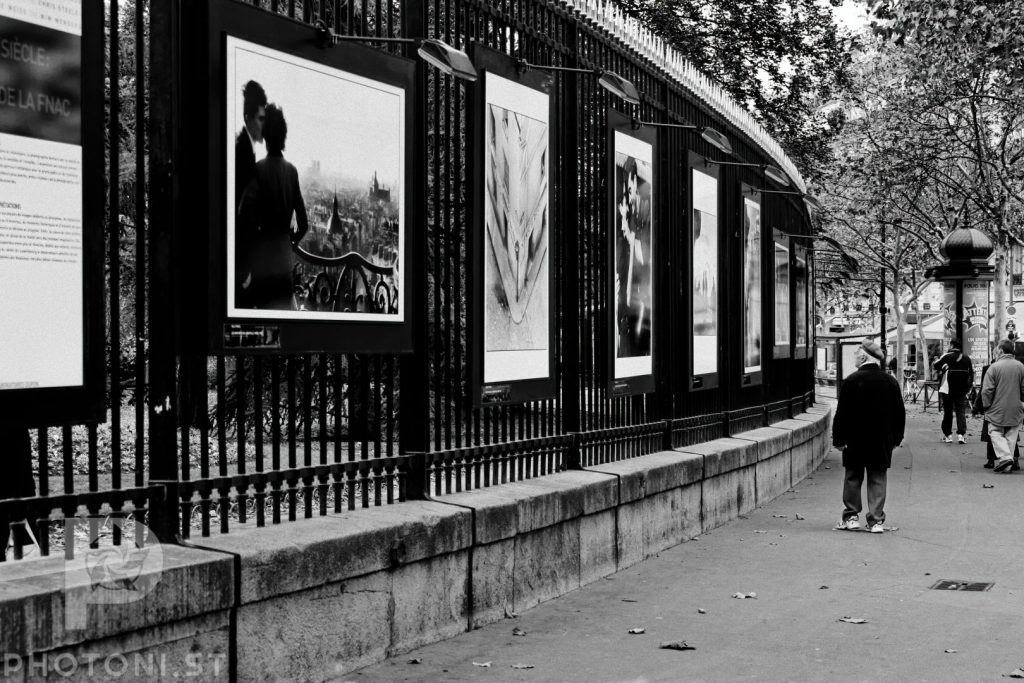
Having processed the TLR photos I took in Paris, I can show them here.
That guy was taking photos of the woman in the street. She was posing for him. I found it strange that they’d do that lugging around a suitcase.
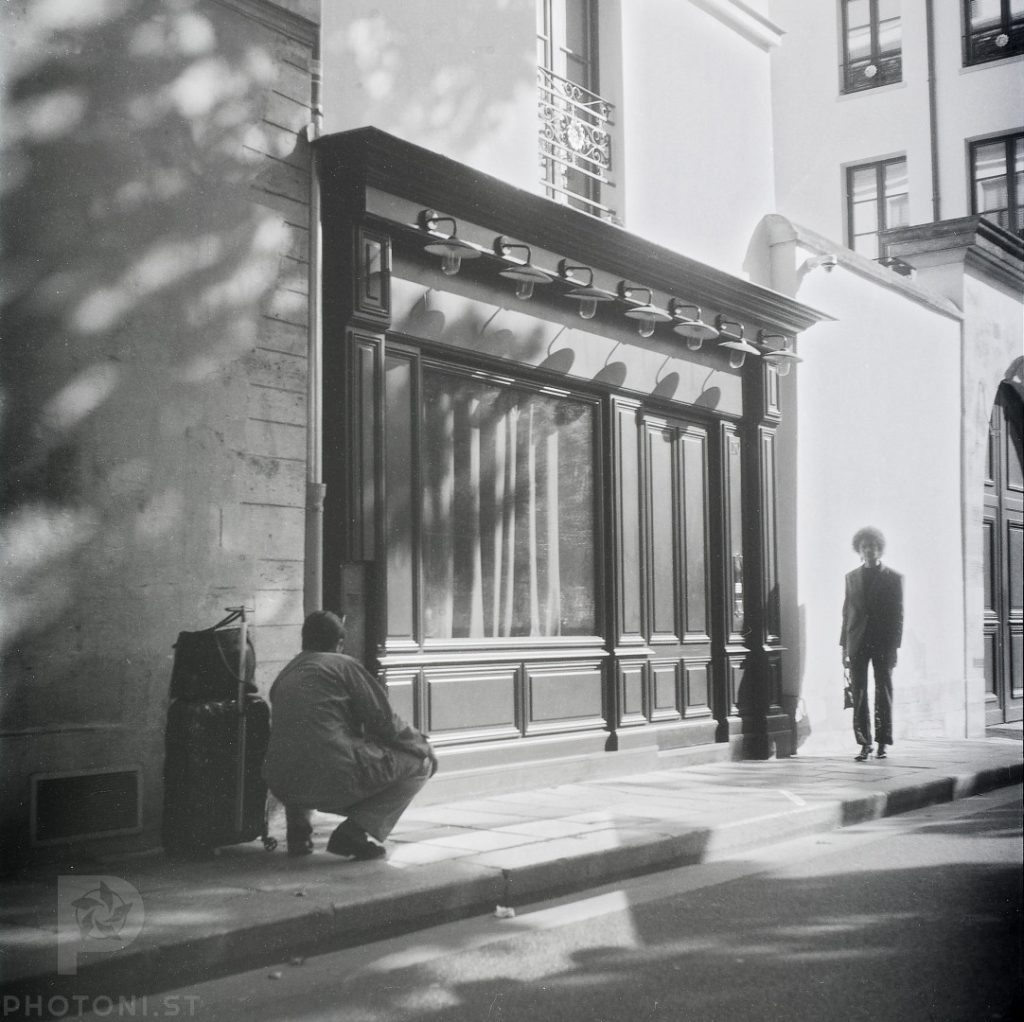
Our visit to Paris was short but busy. Just before we caught our train, we went to the Doisneau exhibition, musee Maillol.
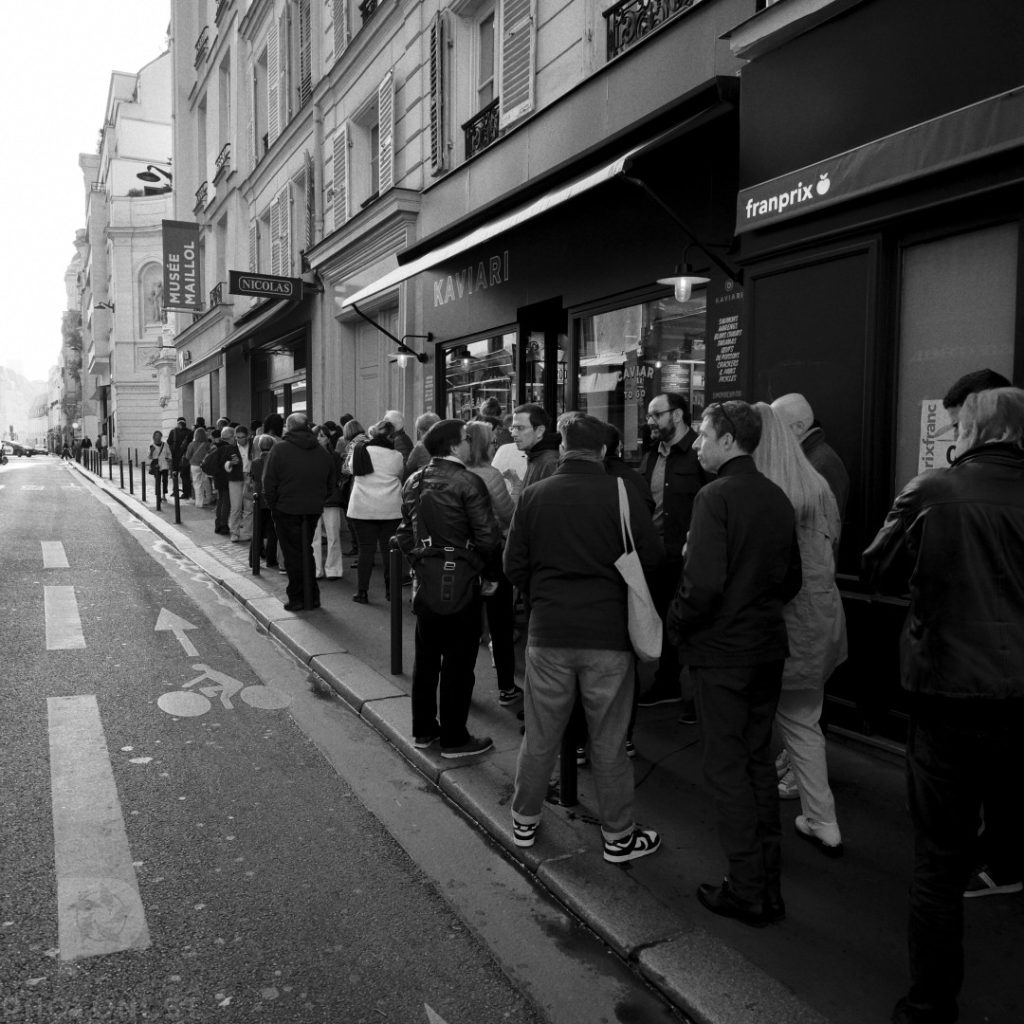
The last time we were in Paris, we tried to visit the Picasso museum, but it was fully booked long in advance. So this time, I booked early so we could have a look.
